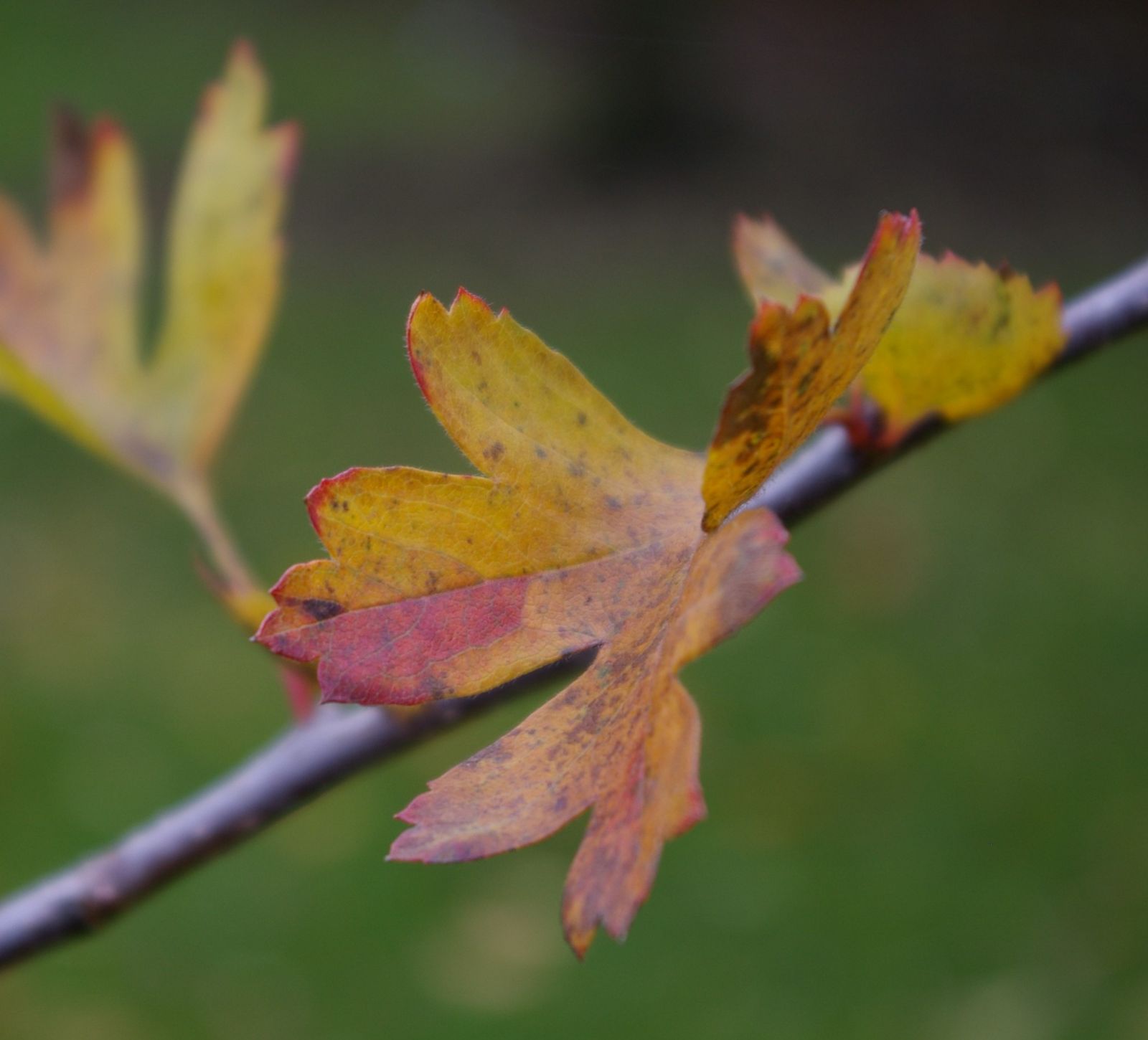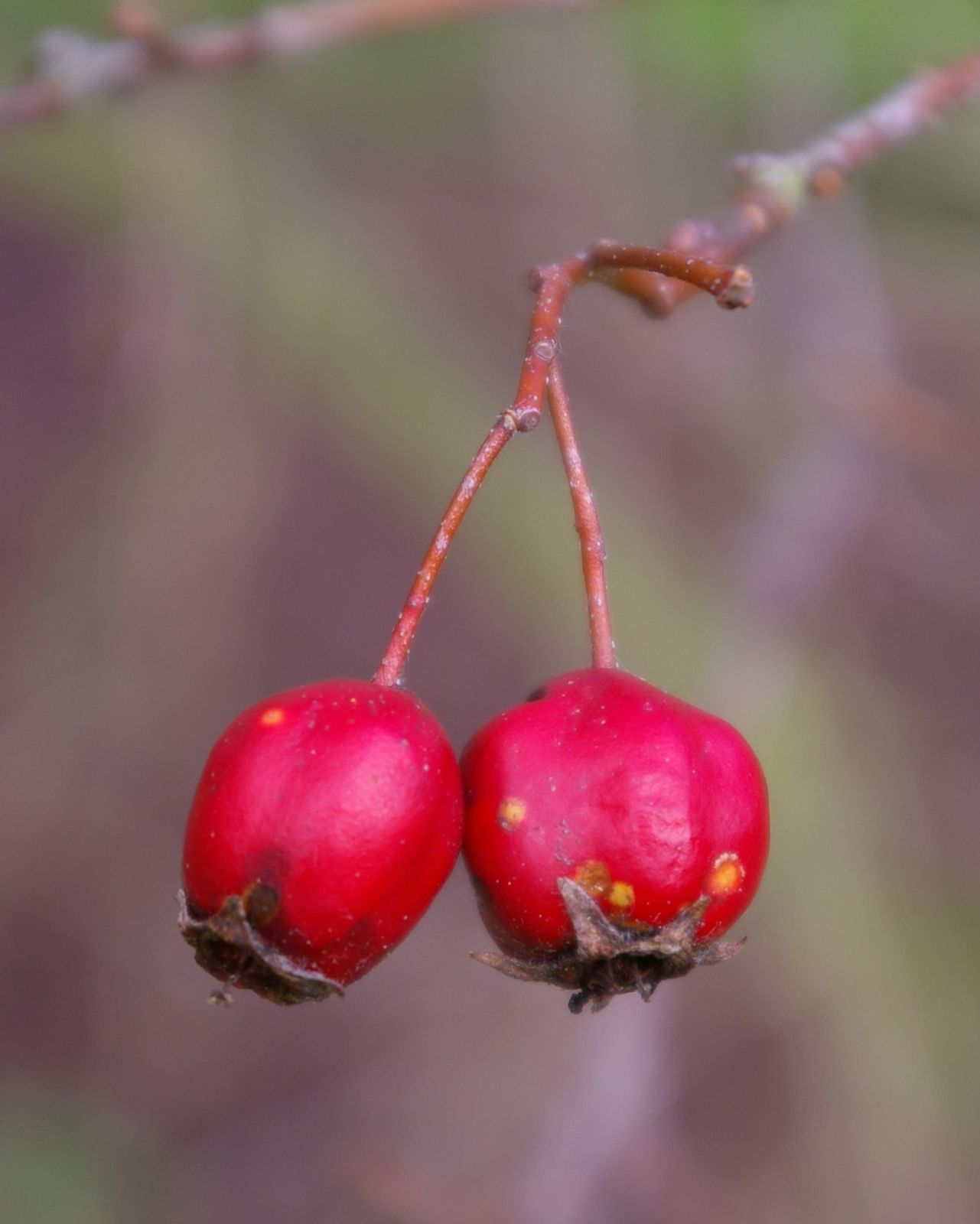Crataegus meyeri
Sponsor
Kindly sponsored by
This genus has been sponsored and new text is being prepared.
Credits
Article from New Trees by John Grimshaw & Ross Bayton
Recommended citation
'Crataegus meyeri' from the website Trees and Shrubs Online (treesandshrubsonline.
Genus
Synonyms
- C. persica Pojark.
- C. taurica Pojark.
- C. ucrainica Pojark.
Other taxa in genus
- Crataegus ambigua
- Crataegus apiifolia
- Crataegus aprica
- Crataegus azarolus
- Crataegus baroussana
- Crataegus brachyacantha
- Crataegus chlorosarca
- Crataegus chrysocarpa
- Crataegus chungtienensis
- Crataegus coccinioides
- Crataegus crus-galli
- Crataegus cuneata
- Crataegus × dippeliana
- Crataegus douglasii
- Crataegus dsungarica
- Crataegus durobrivensis
- Crataegus flabellata
- Crataegus flava
- Crataegus henryi
- Crataegus heterophylla
- Crataegus intricata
- Crataegus jozana
- Crataegus laevigata
- Crataegus × lavallei
- Crataegus macracantha
- Crataegus marshallii
- Crataegus mexicana
- Crataegus mollis
- Crataegus monogyna
- Crataegus nigra
- Crataegus oliveriana
- Crataegus orientalis
- Crataegus oxyacantha
- Crataegus pedicellata
- Crataegus pentagyna
- Crataegus phaenopyrum
- Crataegus pinnatifida
- Crataegus pruinosa
- Crataegus prunifolia
- Crataegus pseudoheterophylla
- Crataegus punctata
- Crataegus sanguinea
- Crataegus spathulata
- Crataegus stipulacea
- Crataegus succulenta
- Crataegus tanacetifolia
- Crataegus tomentosa
- Crataegus uniflora
- Crataegus viridis
- Crataegus wattiana
- Crataegus wilsonii
Shrub or tree to 5 m. Branchlets villous; thorns stout, to ~2 cm long. Buds 0.1–0.4 cm long. Leaves deciduous, 1.8–5 × 1.6–5.2 cm long, more or less rhomboid, upper surface dark green and villous, lower surface greyish green and villous, four to six secondary veins on each side of the midrib, margin with one to four lobes on each side of the midrib, lobe margins entire to irregularly serrate, apex acute to obtuse; petiole 0.2–2.1 cm long; stipules 0.4–2 cm long, entire to serrate. Inflorescence corymbose, 3–5 cm long with 9–20 flowers; pedicels villous. Flowers white; hypanthium villous, sepals triangular with entire or serrate (with one to two teeth) margins, petals 0.4–0.8 cm long, stamens 18–20 with purple anthers. Fruit 0.7–1.2(–2) cm long, subglobose to cylindrical, red and villous, crowned by reflexed sepals, seeds (one to) two (to three). Flowering May to June, fruiting June to October (wild plants). Christensen 1992. Distribution ARMENIA; AZERBAIJAN; GEORGIA; IRAN; IRAQ; TURKEY; UKRAINE. Habitat Thickets, woodlands. USDA Hardiness Zone 4–5. Conservation status Not evaluated. Illustration Christensen 1992; NTxvi. Taxonomic note An extremely variable species, as evidenced by the number of regional synonyms.
Crataegus meyeri is closely related to C. monogyna but usually has two seeds per fruit. It is another collector’s item, not available in commerce, and with only a few specimens held by botanical gardens. In the United Kingdom there are trees at Kew and at the Hillier Gardens grown from seed collected in 1990 by the Flanagan and Pitman Expedition to Turkey (TURX 104) in the Amanus Mountains of Hatay Province, at about 1200 m. There it grew as a small tree up to 6 m tall, in more open sites within mixed deciduous woodland, and was described in the collectors’ field notes as a shapely, large-fruited species. At the Hillier Gardens it is now 3 m tall (2007). An older tree at Kew, grown from material supplied by the Botanical Garden of the Armenian Academy of Science in 1968, is now 5 m tall, with a dense, umbrella-shaped canopy. In North America it is maintained in the Woody Landscape Plants Germplasm Repository of the US National Arboretum, from material collected in Ukraine in 1999 by Widrlechner, Schutzki, Yukhnovsky and Sviatetsky (WSYUS 24), but it is not known to be cultivated elsewhere.



